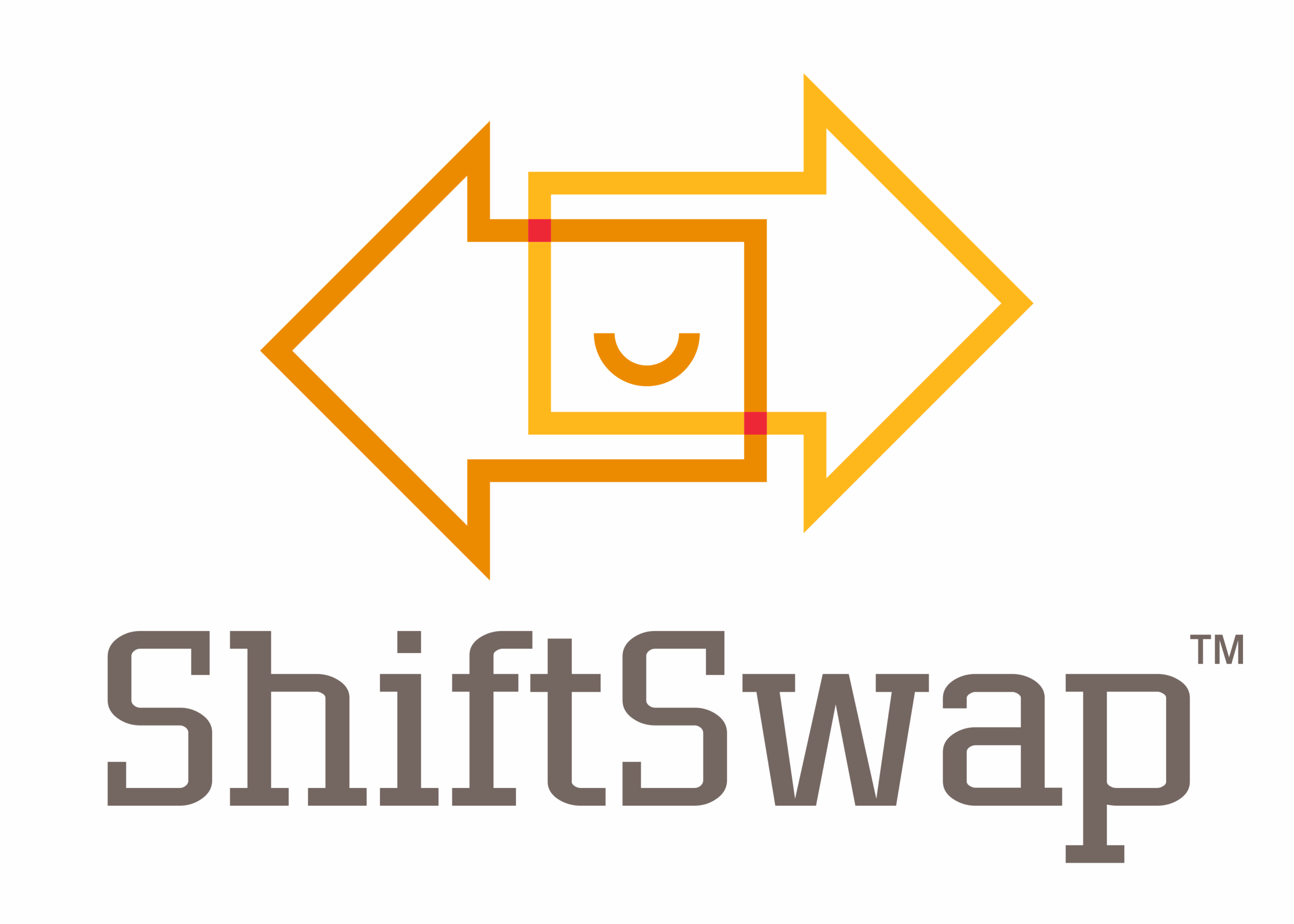From Burnout to Balance: How Workforce Flexibility is Redefining Quality Jobs
A recent Gallup study, covered by Jennifer Liu in CNBC Make It, has brought to light a tough reality: 60% of U.S. workers don’t have a “quality job.” These findings highlight a significant challenge facing today’s employers: how to create workplaces that support financial well-being, fairness, and opportunities for growth.
The study surveyed over 18,000 workers and found that only 40% hold jobs with fair pay, stable schedules, safety, respect, and development opportunities.
These statistics emphasize a disconnect between the available jobs and the fulfillment, security, and flexibility workers seek. As labor shortages and shifting employee expectations persist, creating quality jobs is now necessary to attract and retain employees.
Defining Quality Jobs in America
Gallup defines a quality job through five key dimensions:
- Financial well-being, ensuring wages cover basic living needs.
- Workplace safety and culture, free of harassment and discrimination.
- Growth opportunities, where employees can learn new skills and advance in their careers.
- Agency and voice, allowing employees input into decisions that affect their work.
- Work structure and autonomy, offering consistent scheduling and control over work hours.
Many employees, especially in retail, warehousing, and hospitality, struggle to find jobs meeting even three of these categories. As a result, many feel disengaged and undervalued.
To strengthen hourly workforce retention and address these foundational gaps, employers must focus on the entire work experience, not just wages.
The Link Between Workforce Flexibility and Job Quality
One critical factor in improving quality jobs in America is workforce flexibility. Flexible work arrangements enable employees to balance personal needs with professional responsibilities, which is central to both job satisfaction and retention.
For hourly employees, particularly those in logistics, manufacturing, or retail, flexibility can take the form of voluntary time off (VTO), optional overtime, or shift coverage programs. These approaches help organizations manage fluctuating demand while empowering workers to make choices about their schedules.
This kind of workforce flexibility benefits both sides. Employers can reduce absenteeism and labor costs while maintaining high productivity. Employees enjoy greater control over their schedules, which helps reduce burnout and lift morale.
When workers feel trusted to manage their time, it naturally leads to higher employee engagement. The sense of ownership encourages a more loyal and dependable workforce, which is a crucial advantage in today’s competitive labor market.
Why Employee Engagement Drives Retention
The Gallup report also points to employee engagement as a key differentiator between thriving and struggling operations. Engaged employees are 23% more profitable and much less likely to leave compared to their disengaged counterparts.
However, many organizations miss the mark when it comes to measuring engagement effectively. Leaders may assume that wages alone drive satisfaction, but employees are increasingly placing equal importance on autonomy, recognition, and opportunities for growth.
When employees feel a connection to their company’s mission and receive support in their roles, hourly workforce retention becomes much more manageable. For instance:
- Clear communication about scheduling and shift changes builds trust.
- Recognition programs increase morale and reinforce shared goals.
- Transparent leadership encourages employees to voice their feedback.
By improving employee engagement, businesses can reduce turnover, increase operational efficiency, and build a stronger company culture.
The Generational Divide in Quality Jobs
One of the most alarming insights from the Gallup data is that only 29% of workers aged 18 to 24 report having a quality job. Younger workers often face unstable schedules, lower wages, and limited advancement opportunities.
The gap presents long-term risks for both businesses and the economy. Consequently, without early access to quality jobs in America, younger workers are less likely to remain in industries such as logistics, warehousing, and manufacturing.
Employers can close this gap by prioritizing workforce flexibility right from the start of career paths. By emphasizing flexible shifts, mentorship opportunities, and clear advancement paths, companies can help young professionals envision a promising future within their organization. Creating a positive environment from the get-go produces a stronger, more motivated workforce for the future.
How Shift Management Technology Elevates Job Quality
Technology is playing a major role in shaping the quality of jobs in America, especially in industries that depend on shift-based labor. Shift management platforms, like ShiftSwap, are at the forefront of this change, empowering employees with real control over their schedules.
With tools that support workforce flexibility, such as:
- Instant notifications for shift postings from leadership and workers.
- Seamless shift grabs between coworkers.
- Manager-approved coverage and alerts for open shifts.
Organizations can stay agile while maintaining fairness and transparency across the workforce. The benefits go beyond efficiency. These digital tools directly improve hourly workforce retention by reducing scheduling conflicts, increasing satisfaction, and strengthening engagement.
A Call to Redefine Quality Jobs in America
Overall, improving quality jobs in America starts with recognizing that employees want more than just a paycheck. Employees want purpose, stability, and the ability to shape their work experience. Companies that focus on employee engagement, hourly workforce retention, and workforce flexibility are setting a new benchmark for sustainable success.
By blending fair pay with flexibility and growth opportunities, companies can turn disengaged employees into motivated teams that are ready to adapt and grow.
As the job market shifts, the next competitive advantage will belong to companies that balance technology and humanity. Tools like ShiftSwap make that possible, helping employers retain talent, reduce turnover, and create workplaces that work for everyone.
Start Planning for Success
Schedule a demo with ShiftSwap™ today and learn how to streamline your workforce management.

